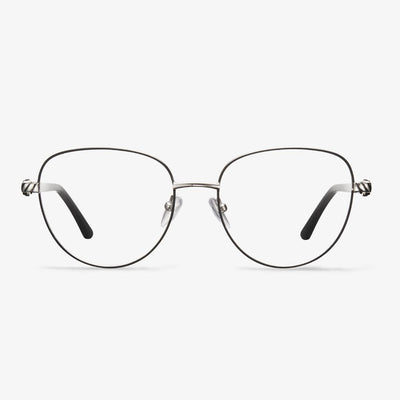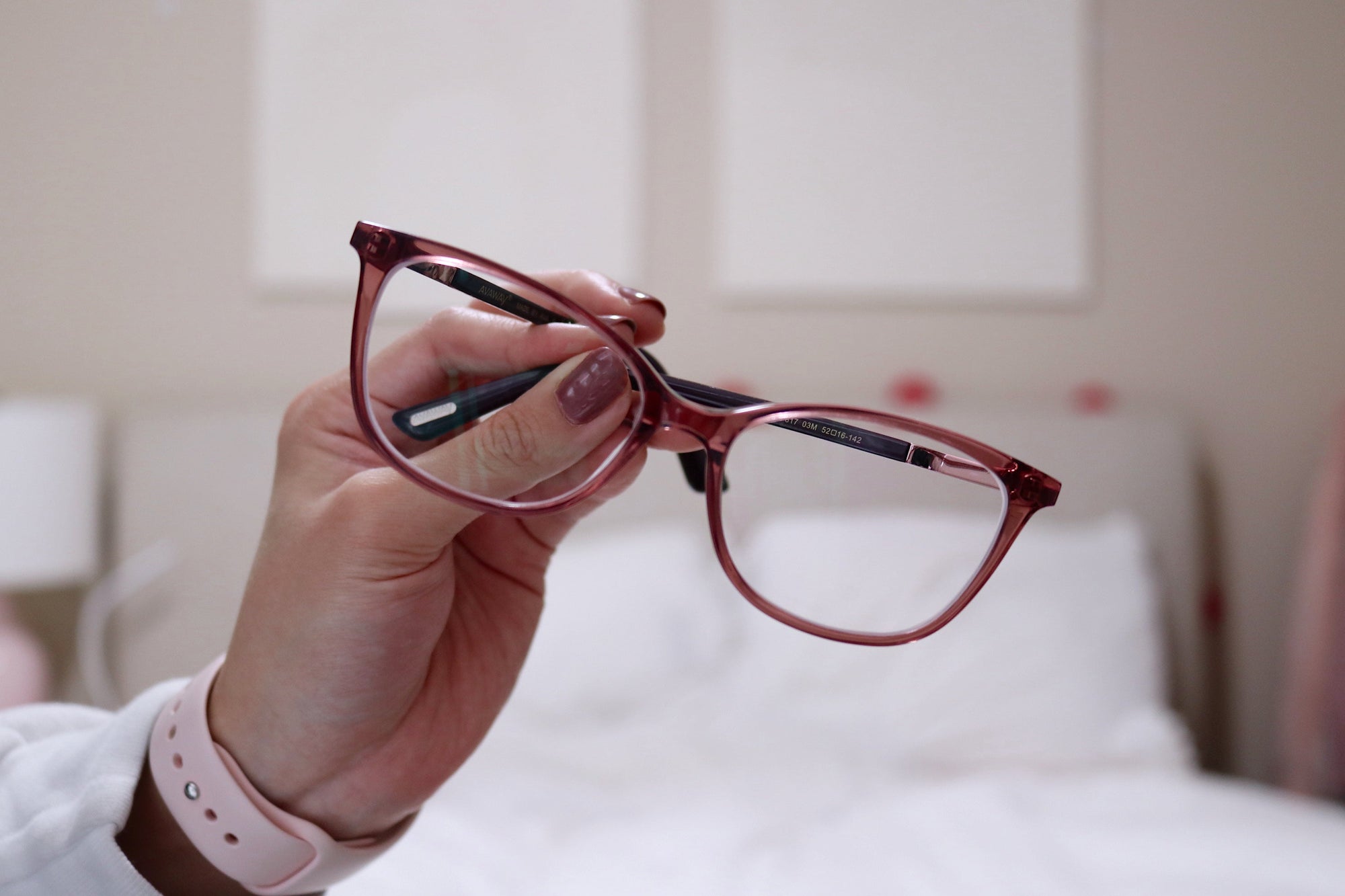Sales points of note for color changing lens
The discoloration rate of the lens is related to the intensity of ultraviolet light. The stronger the ultraviolet light is, the faster the discoloration rate will be, while the vice versa. The degree of discoloration is related to the ambient temperature. The higher the temperature is, the color of the lens is slightly lighter. Otherwise, the color is slightly darker. With the progress of manufacturing technology, the discoloration rate, especially the fading rate of the discoloration lens has been greatly improved, and the interference of temperature on the color depth is becoming less and less. Either glass or resin lenses react only with ultraviolet light, not visible light, so in some environments, they do not darken.
How Long Does It Take to Get Used to New Glasses?
Most people are excited when they get a new pair of glasses for the first time. But sometimes there is an adjustment period before your vision is fully comfortable. So, how long does it take to get used to new glasses?
In most cases, it takes only a few days to adjust to a new pair of glasses. When you are adjusting to your new glasses, you might experience some symptoms such as mild dizziness, blurry vision, or eye strain. This would be a normal situation. These symptoms are common with new glasses and typically last only a few days.
Even though the new glasses come with the same prescription, different frames or lenses can alter your vision until you get used to the new frame style, frame material or lens type.
Besides, other factors will affect the adjustment time, such as the complexity of your prescription, the type of lens, and so on.
How long does it take to adjust to new glasses? It usually takes a few days. However, if you experience eye strain, distorted vision, and especially headaches for a few weeks, you had better contact the eye doctor or the optician. They will check your eyeglass and the prescription.
Difference Between Driving Glasses And Night Vision Goggles
The use of driving glasses and night vision glasses is different. When sunlight is projected on the road or water, it directly stimulates the eyes, making them feel dizzy, tired, and unable to see for a long time. Especially when you are driving a car, doing outdoor entertainment activities, it will not only affect our work and entertainment mood, and even affect our judgment of the image and cause danger. The polarized driving glasses can be used during driving, fishing, skiing, rain, etc. when there is a strong reflection of strong light. Night vision goggles are usually used at night and have great applications in transportation, the military, and other fields. A large amount of night vision equipment has been used as a winning strategy to dominate night combat. Combining night vision technology with weapons and equipment will greatly improve the effectiveness of weapons and equipment in getting information, conducting strikes, commanding troops, and coordinating operations at night and in bad weather.
How To Use Contact Lens Correctly?
A periodic review is necessary. In the process of wearing contact lenses, the eyes may change due to the existence of contact lenses. At the same time, in the process of wearing contact lenses, the lens may be polluted, damaged, and have other changes. This is to check regularly to prevent damage to the eyes. Usually, the recommended review period is one week, one month, three months, half a year, and once every half a year after wearing it.
Possible effects of driver's lens color on driving
Color plays a very important role in your everyday driving experience -- red, yellow, and green traffic lights, among many other signs and signals, are designed to grab your attention and keep you safe. If everything you see is yellow, you may make the wrong decision at the red light and may cause an accident. To keep your vision clear in night and day conditions, anti-glare night driving glasses are not just for night driving.
How Are Glasses Made?
In this section, we will show you how glasses are made. Here are a few steps.
- Eyeglasses lenses are first made by an optician reviewing your prescription and taking a lens bank that closest matches your prescription.
- The optician puts the lens bank into a grinding machine and grinds it into a shape that matches your prescription even closer.
- Then the glasses lenses are edged and cut into a shape that fits the frame you chose.
- Last, put the cut lenses into a solution so as to protect them from scratches, then give them a tint and more.
After all steps are finished, the glasses are made successfully.
BLUPOND night driving glasses
TAC Semi-polarized Blue light goggles are designed to change your perspective to yellow with computer blue light polarization. Anti-glare high-definition vision blue-blocking glasses protect eyes from blue light and reduce the contrast of bright blue/white glare and flash. The anti-glare night glasses limit distortion. In addition to polarized driving glasses, you can receive a night vision glasses accessory set, with the EVA glasses hard case, screwdriver, sunglasses bag, microfiber cleaning cloth, glasses clip, and night driving glasses gift box.











































